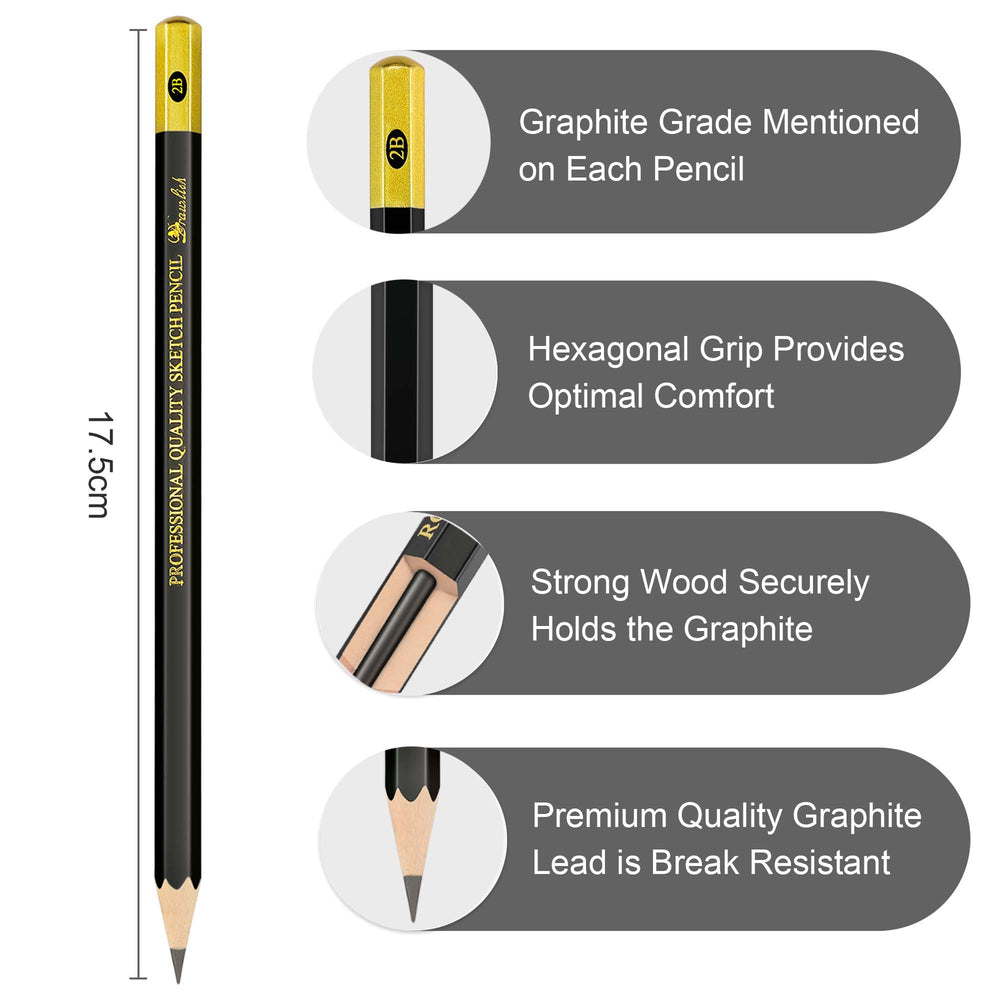How to Seal Acrylic Paint on Glazed Ceramic?
Are you an artist? So are we! We understand how crucial it is to seal acrylic paint on glazed ceramic to ensure your masterpieces remain stunning for years. Discover the essential steps and tips for sealing your painted ceramics with confidence and flair!

Why Seal Acrylic Paint on Glazed Ceramic?
Picture this: you’ve just completed a beautiful acrylic painting on a glazed ceramic mug, but without a proper sealant, your hard work could chip, fade, or get damaged. Sealing your acrylic paint is like putting a protective shield over your artwork, ensuring it remains vibrant, durable, and ready for everyday use. Not only does it safeguard your designs, but it also adds a professional touch with a polished finish.

What You’ll Need
Get your creative workspace ready with these essentials:
- Acrylic Paint: Opt for high-quality acrylics designed for non-porous surfaces.
- Clear Acrylic Sealant: Choose from spray or brush-on sealants in gloss, satin, or matte finishes.
- Soft Brush or Foam Brush: Perfect for applying sealant evenly.
- Rubbing Alcohol or Mild Detergent: For a spotless ceramic surface.
- Lint-Free Cloth: To ensure your ceramic is clean and dry.
- Oven (Optional): For sealants that require heat curing.
- Gloves: To keep your hands clean and protect them during application.
Step-by-Step Guide to Sealing Acrylic Paint
1. Prepare the Surface
Before you get started, give your ceramic a thorough cleaning. Use rubbing alcohol or a mild detergent to remove any dust or oils. Make sure to dry the ceramic completely with a lint-free cloth. A clean surface is crucial for optimal paint adhesion and a flawless seal.
2. Apply Your Acrylic Paint
Unleash your creativity with acrylic paints! Apply your design in thin layers, allowing each layer to dry before adding the next. Patience pays off—give your artwork 24-48 hours to cure fully before sealing. This ensures that the paint is completely set and ready for that protective touch.
3. Choose the Perfect Sealant
Now comes the fun part—choosing your sealant! Whether you prefer a glossy shine, a subtle satin, or a chic matte finish, pick a clear acrylic sealant that suits your style. Spray-on sealants offer a quick, even application, while brush-on sealants give you precise control. Don’t forget to consider UV protection if your ceramic will bask in the sun.
4. Seal Your Masterpiece
Time to apply your sealant! Follow these steps for a flawless finish:
-
Spray-On Sealant: Hold the can 6-12 inches away and apply in light, even coats. Move in sweeping motions to avoid drips. Let each coat dry fully (usually 15-30 minutes) before applying another.
-
Brush-On Sealant: Use a soft brush or foam brush to spread a thin, even coat. Avoid over-brushing to prevent bubbles or streaks. Allow each coat to dry completely before adding additional layers.
For extra durability, apply 2-3 thin coats of sealant.
5. Heat Cure (If Required)
Some sealants need a little extra warmth to set. If your sealant recommends heat curing, place your ceramic in a cold oven, set it to 350°F (175°C), and bake for about 30 minutes. Let it cool inside the oven to avoid sudden temperature changes.
6. Final Touches
After the sealant has dried, inspect your ceramic piece. Touch up any missed spots or uneven areas if necessary. Give your masterpiece another 24-48 hours to ensure everything is fully cured and ready for display or use.

Pros And Cons Of Sealing Acrylic Paint On Glazed Ceramic
| Pros | Cons |
| Durability: Protects the paint from chipping, fading, and wear. | Time-Consuming: The process requires multiple steps and drying time. |
| Enhanced Appearance: Provides a glossy, satin, or matte finish that enhances the look of your artwork. | Cost: High-quality sealants can be expensive. |
| Moisture Protection: Seals the paint, making it water-resistant. | Potential for Mistakes: Improper application can result in streaks or bubbles. |
| UV Protection: Prevents colors from fading if UV-protective sealant is used. | Heat Curing: Some sealants require baking, which might not be convenient for all. |
| Versatility: Works well on various ceramic items like mugs, tiles, and decorative pieces. | Requires Ventilation: Some sealants may have strong fumes and need to be applied in a well-ventilated area. |

With these tips and tricks, you’re all set to seal your acrylic-painted ceramics like a pro! Whether you’re crafting personalized gifts or creating decorative pieces, a well-sealed finish will keep your designs looking fresh and fabulous for years to come. Embrace your creativity, protect your artwork, and enjoy the satisfaction of a job well done.







Leave a comment